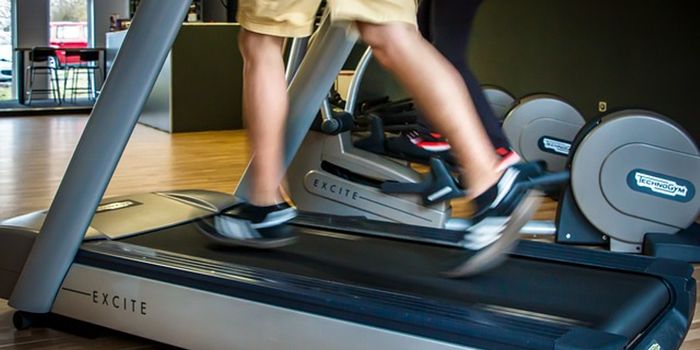Image Credit: Getty Images
Heart surgery patients’ chances of survival depends in part on the overall level of teamwork among all the physicians who cared for them across their surgery preparation, operation, hospitalization, and recuperation.
Using data from 251,000 older Americans who had heart bypass surgery, researchers mapped the interactions among the 466,000 doctors who cared for them, and discovered how tight “social networks” of physicians are linked to patient outcomes.
“Surgical care is complex, involving multiple providers dispersed across locations over time,” says John Hollingsworth, a urologist at the University of Michigan and lead author of the study that is published in the journal
Circulation: Cardiovascular Quality and Outcomes. “Our findings show that physician teamwork influences patient outcomes, even more than some measures of comorbid illness.”
The findings show that the more often doctors worked with one another in the past on patient care, the lower their current patients’ chances were of ending up in the emergency department or hospital, and their chances of dying, within the first two months after their operation.
The model of physician teamwork used in the study was based on Medicare data that showed which physicians from nearly all disciplines had treated the same patients 30 days before and 60 days after their hospitalization for surgery. Researchers factored in measures of the social and healthcare environment in the communities where the bypass surgery hospitals were located, and data on each patient’s 60-day outcomes.
The results were striking. A 25 percent increase in the measure of teamwork was associated with 17 fewer readmissions for every 1,000 patients treated. That’s only slightly less impact than a similar-size increase in a measure of education in that same regional community. Higher levels of education are already known to be associated with better surgical results.
A 25 percent increase in a measure of how complex and sick patients are—called a Charlson score—only accounted for one extra readmission per 1,000 patients.
The researchers note that regions varied widely in their teamwork score. For example, the paper shows a map of ties among physicians who treated patients who had their operations in 2011 in two Texas hospitals 90 miles apart—one in Waco and the other Fort Worth.
The measure of teamwork among all the physicians who treated these patients across the eight-month span surrounding their operation was nearly five times higher among Waco physicians than among Fort Worth physicians. The Fort Worth doctors rarely shared more than one patient in common, while a core set of Waco physicians shared many patients in common, with other physicians interacting less often.
The teamwork effect persisted no matter how large or small the number of bypass operations performed at a given hospital, or the type of hospital. Large academic medical centers tended to have lower teamwork scores because they receive far more patients who are referred to them from physicians far outside their local area who they don’t work with often. This may help explain why those hospitals don’t always score high on Medicare’s measures of patient outcomes.
“A lot of the focus in improving care is focused on the acute hospitalization for an episode of care. We believe that this focus is too myopic because it ignores the care delivered prior to the hospital stay and after discharge,” Hollingsworth says. “Efforts to improve teamwork, and outcomes, need to consider the entire care continuum.”
The Agency for Healthcare Research and Quality funded the work.
Source:
University of Michigan
This article was originally published on
Futurity.org.









